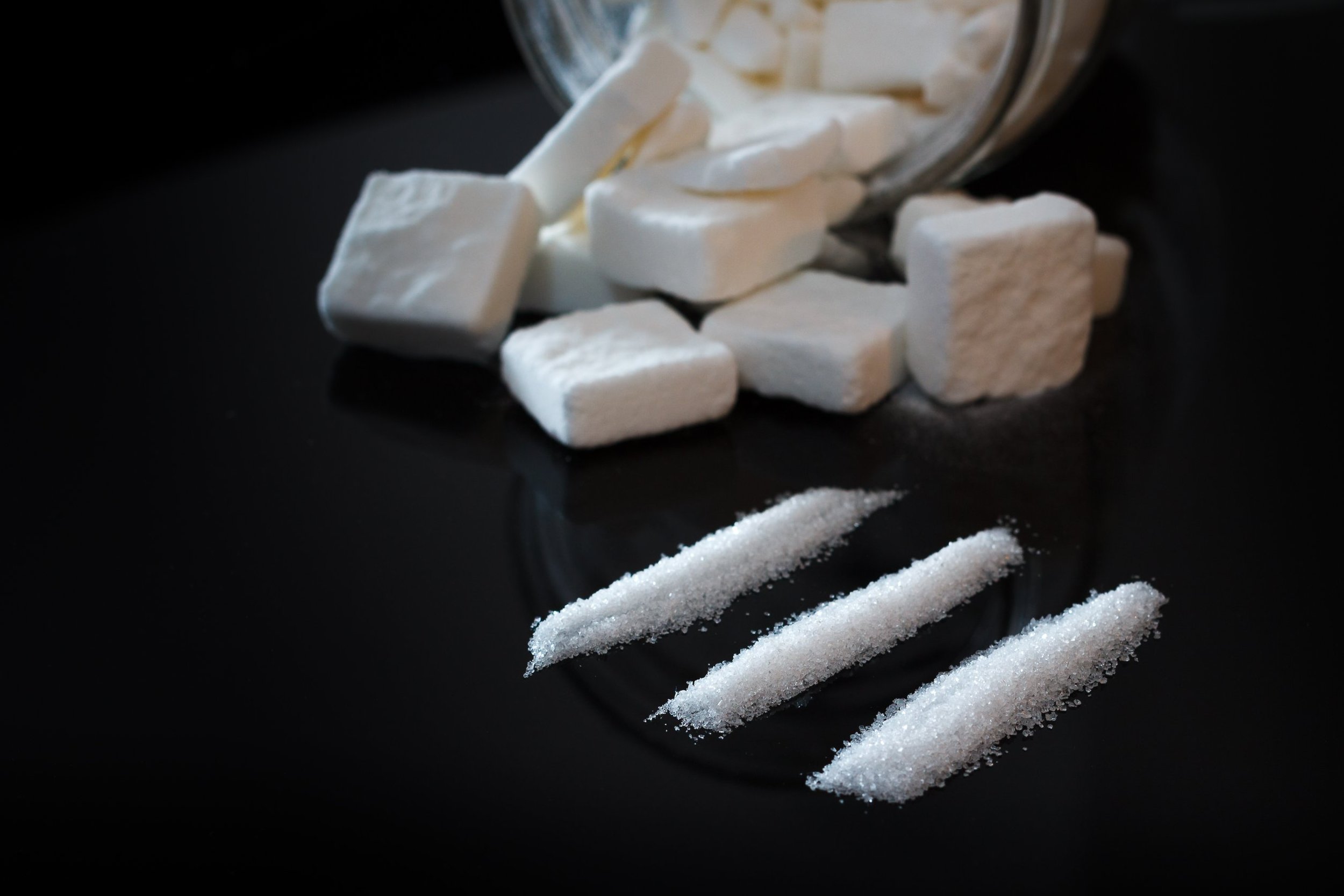I love the beauty of the teeth. Over the years, I have come to find that its form and shape follow its function. An individual’s facial structure is the direct result of the marriage between this shape and function. As a result, when the shape of the teeth changes, i.e., teeth are worn down, chipped, or crowded, an individual’s face can drastically change and even looks aged.
When you get a cut, your body reacts by creating a scab to repair itself. When you burn your mouth from the heat of hot coffee, your body immediately begins repairing itself. But our teeth are the only organ in the body unable to perform this action. For that reason, teeth are the early alarm system of our bodies. For example, a cavity-prone mouth can be an early sign of diabetes, and the wearing of the teeth can be a sign of digestive or stomach issues.
The oral cavity plays an important role when it comes to our entire body.
Let’s look at this historically. During the second half of the twentieth century, Fluoride was added to drinking water to decrease tooth decay. At the same time, low-fat diets were promoted to decrease heart disease.
But today, heart disease is the number one cause of death among men and women. There is also more demand for dentists than ever before.
So, what went wrong?
The Sugar Association, Inc. was originally founded as the Sugar Research Foundation (SRF) by members of the U.S. sugar industry during World War II in June 1943. The Foundation included U.S. beet and cane sugar growers and refiners as its members. In 2015, documents published in the Journal of American Medical Association revealed that the Sugar Research Foundation had paid nutritionists from Harvard University to omit information regarding the relationship between sugar and coronary heart disease. Instead, they recommended individuals reduce their fat and cholesterol intake.
But a low-fat diet can mean a lack of flavor, which is then substituted by the addition of sugar. Sugar is an inflammatory substance and can reduce the body’s healing abilities. It is also more addictive than Cocaine.
Get educated about sugar.
Be part of the movement.
Read labels to avoid these 61 common substitute names for sugar:
61 names of sugar:
Agave nectar
Barbados sugar
Barley malt
Barley malt syrup
Beet sugar
Brown sugar
Buttered syrup
Cane juice
Cane juice crystals
Cane sugar
Caramel
Carob syrup
Castor sugar
Coconut palm sugar
Coconut sugar
Confectioner's sugar
Corn sweetener
Corn syrup
Corn syrup solids
Date sugar
Dehydrated cane juice
Demerara sugar
Dextrin
Dextrose
Evaporated cane juice
Free-flowing brown sugars
Fructose
Fruit juice
Fruit juice concentrate
Glucose
Glucose solids
Golden sugar
Golden syrup
Grape sugar
HFCS (High-Fructose Corn Syrup)
Honey
Icing sugar
Invert sugar
Malt syrup
Maltodextrin
Maltol
Maltose
Mannose
Maple syrup
Molasses
Muscovado
Palm sugar
Panocha
Powdered sugar
Raw sugar
Refiner's syrup
Rice syrup
Saccharose
Sorghum Syrup
Sucrose
Sugar (granulated)
Sweet Sorghum
Syrup
Treacle
Turbinado sugar
Yellow sugar
The content on this blog is not intended to be a substitute for professional medical advice, diagnosis, or treatment. Always seek the advice of qualified health providers with questions you may have regarding medical conditions.
© Aalam Samsavar DDS and www.drsamsavar.com, 2022. Unauthorized use and/or duplication of this material without express and written permission from this site’s author and/or owner is strictly prohibited.











